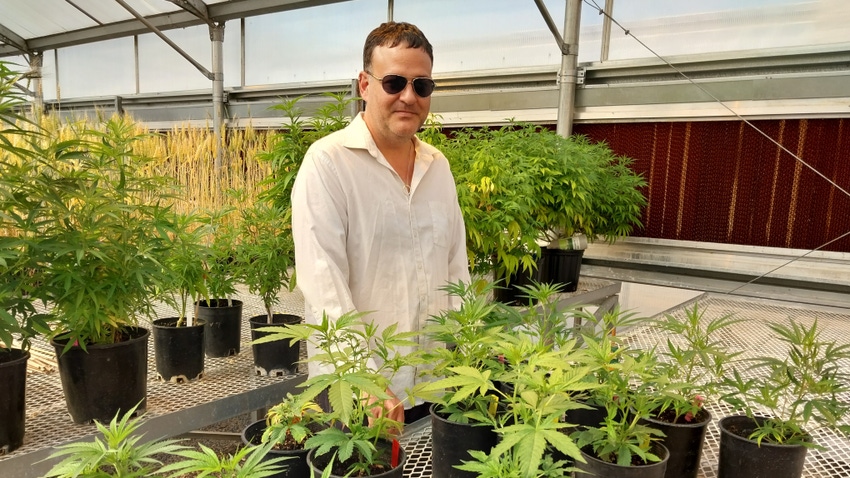March 18, 2024

Oregon State University’s Global Hemp Innovation Center has received a $10 million grant to work with other Western land grant universities and 13 Native American Tribes to develop manufacturing capabilities for materials and products made from hemp.
The tribes are within the geographical boundaries of Oregon, Washington, Idaho, Nevada, Montana and California. The other universities are the University of California, Davis; University of Nevada, Reno; and Washington State University.
The project, funded by the U.S. Department of Agriculture’s National Institute of Food and Agriculture, seeks to develop sustainable supply chains based on the needs identified by an intertribal business consortium that link regional hemp production, processing and manufacturing to create hemp products.
The project also focuses on creating educational and workforce development opportunities to equip Native American students and adults for jobs in the emergent biobased economy.
This work builds on a $10 million USDA Sustainable Agricultural Systems grant the Global Hemp Innovation Center received in 2021 to begin defining economic opportunities for hemp grown in the western United States.
With this new grant, the Global Hemp Innovation Center has been designated by USDA as a Center of Excellence. Oregon State also worked with USDA to develop the Hemp Research Needs Roadmap, which was released last week and identifies the four areas of greatest need in the industry.
Boom and bust
The decriminalization of hemp with the passage of the 2018 Farm Bill created a boom of interest in the potential of hemp. Initially, there was a surge in hemp planting, primarily driven by CBD (cannabidiol) demand. By 2020, hemp production had dropped off as quickly as it surged.
“There is still significant interest and potential in industrial uses of hemp,” said Jeffrey Steiner, director of the Global Hemp Innovation Center. “But it’s critical that investment decisions be based on sound science and business planning to build out and scale up economic development opportunities with hemp, particularly to benefit Tribal nations and other American rural communities.”
The grant builds on a 2022 White House executive order focused on biobased manufacturing, meaning using renewable biological resources from land and sea – such as crops from farms, trees from forests, and fish and animals – to sustainably produce food, building materials, industrial products and energy.
The properties of hemp-derived materials have potential to replace those manufactured from oil, natural gas and coal, for use in textiles, nanofibers, electronics, polymer bio-composites and construction materials, Steiner said.
The grant has four objectives:
Support development of a Native American-led intertribal biomanufacturing consortium and establish regional business trading networks.
Provide education and engagement opportunities for tribal communities by creating K-22 curriculum and student internships and mentorship opportunities, and presenting hemp economic development opportunities to tribal decision-makers.
Determine optimal materials characteristics, configurations of manufacturing equipment and facilities, and needed technology providers to establish sustainable manufacturing pipelines for hemp-based materials and products that meet end-product market specifications.
Optimize the quality of materials and biomanufacturing efficiencies through hemp breeding, field production, harvest and handling, and processing systems.
In addition to the tribes and universities, other participants in the project include Stone Child College; College of the Redwoods; USDA Agricultural Research Service; 7 Generations LLC; the Indigenous Habitat Institute; the Intertribal Agriculture Council; and hemp and other bio-based product manufactures and businesses.
Source: Oregon State University
About the Author(s)
You May Also Like




